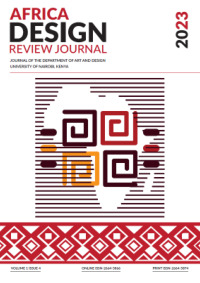Design Thinking as a Consumer-Centric Approach in a Segmented Market
Abstract
According to Peppers and Rogers (1993), the evolution in the art of marketing over time is glaring. Today, marketing focuses on the consumer, as they tend to buy the experience of a product more than what the product (or service) offers. This is possible as the market is not generalized but is segmented enabling consumer cohorts to think about and expect different results from a single product. It is therefore imperative that to sell, producers must understand the needs and expectations of their target consumers. This approach is called consumer-centrism. It is similar to Design Thinking, a process that demands rethinking the creative process to incorporate co-creation and end-user engagement. Some brands, however, are ignorant of this process, which eventually has a negative impact on their market success and the brand loyalty of their target consumers (Shute & Becker,2010). The objective of this paper is therefore to demonstrate a methodological presentation of the Visual design thinking process, a type of consumer-centric approach in a segmented market. A case study design was used in the study, which employed qualitative research methods. The study was carried out in the Department of Fine Art, Kenyatta University, Nairobi, Kenya. The subjects of the study are two segmented groups: millennials (born 1979-1995) and centennials (born 1996-2010). The results were presented in four phases of the Design Thinking process, which were applied to re-designing the publicity materials of the Kenya National Library Service, a State department of the Kenya government, based on the needs of the target consumers. With a thorough application of design thinking in marketing, it is expected that the brand equity and loyalty of the redesigned publicity materials will enable the millennials and centennials to be more responsive to the institution and the services it offers.


